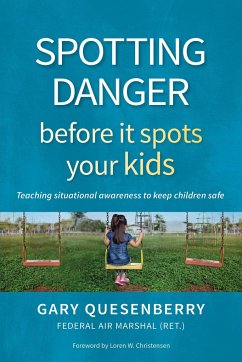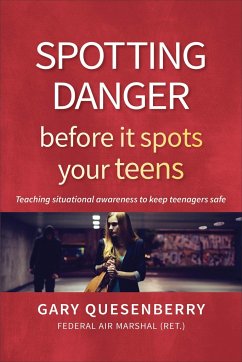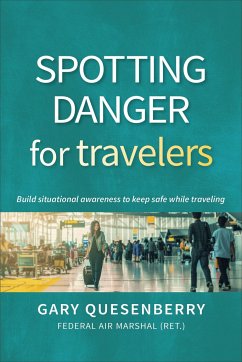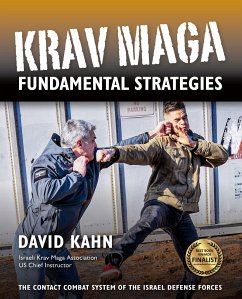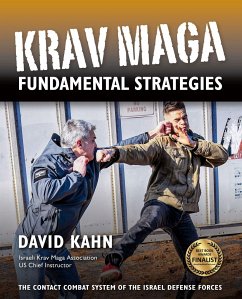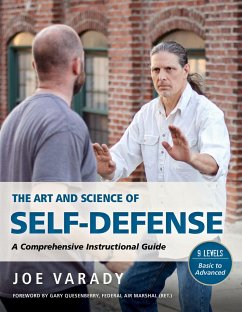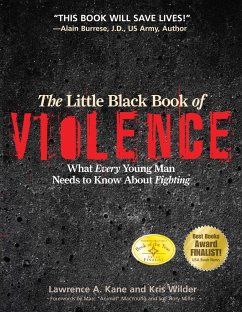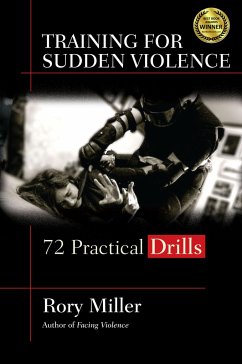
Spotting Danger Before It Spots You
Build Situational Awareness to Stay Safe
Versandkostenfrei!
Versandfertig in 2-4 Wochen
21,99 €
inkl. MwSt.
Weitere Ausgaben:

PAYBACK Punkte
11 °P sammeln!
Spotting danger before it happens is a skill that can be developed and may even save your life. Understand the threatBuild situational awarenessDevelop personal defensesA mother dropping her teenager off at the mall, a young man leaving home for college, a family about to head out on their first trip overseas. What do all of these
Dieser Artikel kann nur an eine deutsche Lieferadresse ausgeliefert werden.





